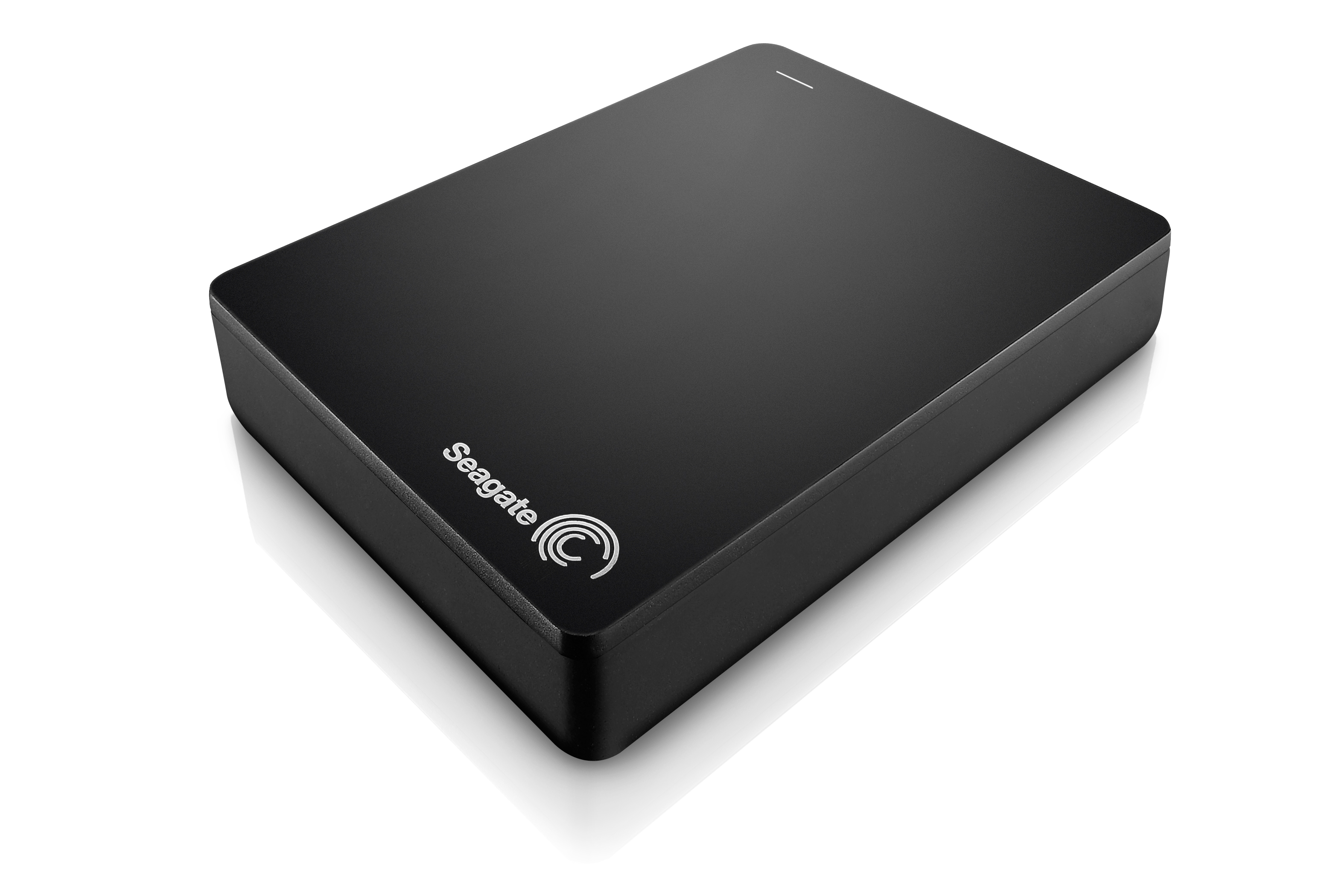

- Fast disk archive movie#
- Fast disk archive update#
- Fast disk archive archive#
- Fast disk archive Offline#
But because tape has now disappeared completely from consumer-level products, most people are unaware of its existence, let alone of the tremendous advances that tape recording technology has made in recent years and will continue to make for the foreseeable future.Īll this is to say that tape has been with us for decades and will be here for decades to come. Tape storage costs one-sixth the amount you'd have to pay to keep the same amount of data on disks, which is why you find tape systems almost anyplace where massive amounts of data are being stored.
Fast disk archive archive#
More recently, Microsoft let it be known that its Azure Archive Storage uses IBM tape storage equipment.Īll these pluses notwithstanding, the main reason why companies use tape is usually simple economics.

The 2011 Gmail incident was one of the first disclosures that a cloud-service provider was using tape for its operations. Fortunately, the data was also recorded on tape, and Google could eventually restore all the lost data from that backup. That loss occurred despite there being several copies of the data stored on hard drives across multiple data centers.
Fast disk archive update#
For example, in 2011, a flaw in a software update caused Google to accidentally delete the saved email messages in about 40,000 Gmail accounts.
Fast disk archive Offline#
The offline nature of tape also provides an additional line of defense against buggy software. This "air gap" is particularly attractive in light of the growing rate of data theft through cyberattacks. After all, if a cartridge isn't mounted in a drive, the data cannot be accessed or modified. And tape is very secure, with built-in, on-the-fly encryption and additional security provided by the nature of the medium itself. Tape is also exceedingly reliable, with error rates that are four to five orders of magnitude lower than those of hard drives. To begin with, tape storage is more energy efficient: Once all the data has been recorded, a tape cartridge simply sits quietly in a slot in a robotic library and doesn't consume any power at all. It's true that tape doesn't offer the fast access speeds of hard disks or semiconductor memories. Storing that much data on compact discs would require more than 397 million of them, which if stacked would form a tower more than 476 kilometers high.

And a single robotic tape library can contain up to 278 petabytes of data. Today, a modern tape cartridge can hold 15 terabytes.

The first commercial digital-tape storage system, IBM's Model 726, could store about 1.1 megabytes on one reel of tape. Like the hard disk and the transistor, magnetic tape has advanced enormously over the decades. Tape has been around for a long while, yes, but the technology hasn't been frozen in time. There is even a cadre of people (including me, trained in materials science, engineering, or physics) whose job it is to keep improving tape storage. Indeed, much of the world's data is still kept on tape, including data for basic science, such as particle physics and radio astronomy, human heritage and national archives, major motion pictures, banking, insurance, oil exploration, and more. So, a quick reality check: Tape has never gone away!
Fast disk archive movie#
Seriously? Tape? The very idea may evoke images of reels rotating fitfully next to a bulky mainframe in an old movie like Desk Set or Dr. And for such things, magnetic tape is the perfect solution. Fortunately, much of this information doesn't need to be accessed instantly. At the same time, the capacity of modern hard drives, which are used to store most of this, is increasing at less than half that rate. Studies show that the amount of data being recorded is increasing at 30 to 40 percent per year. So companies and institutions of all stripes are holding onto more and more. And financial regulations now require organizations to keep records for much longer periods than they had to in the past. It should come as no surprise that recent advances in big-data analytics and artificial intelligence have created strong incentives for enterprises to amass information about every measurable aspect of their businesses.


 0 kommentar(er)
0 kommentar(er)
